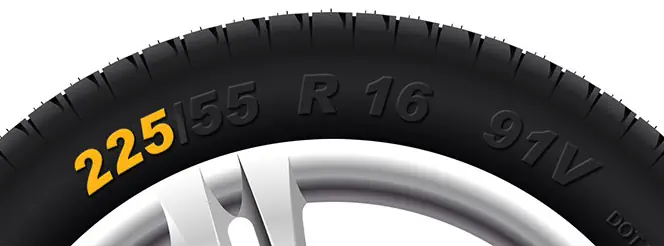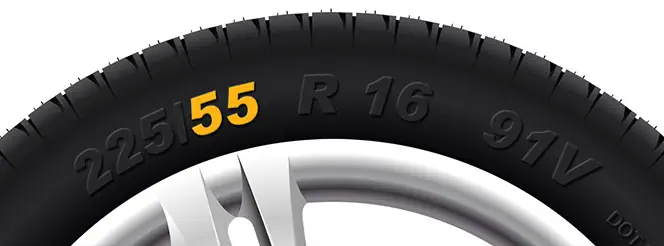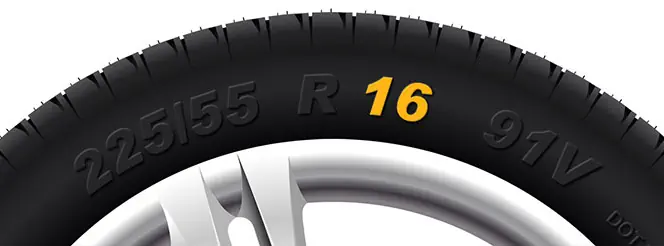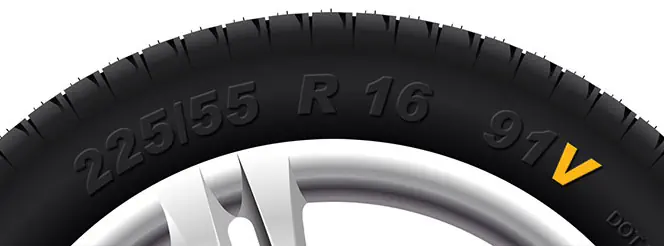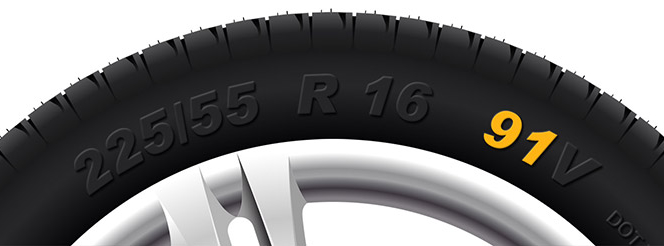Power Steering: How Does it Work?
Jack Dreyer | Friday 1st March 2024 12:30pm
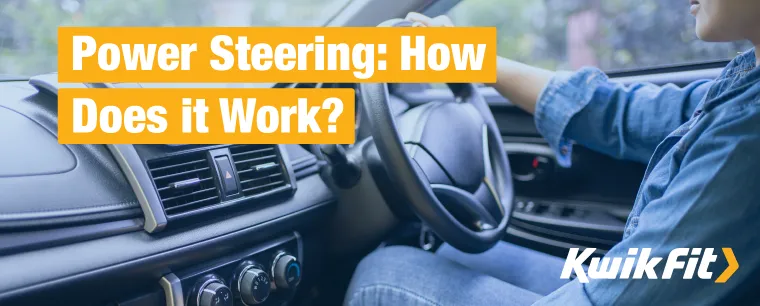
Power steering is arguably one of the greatest inventions of modern motoring – enabling even the most timid of drivers to get behind giant 4x4s. It’s also what enabled carparks to start organising spaces into parallel bays rather than the original chevron shape you might see in older films. The ability to turn large vehicles on tight turning circles made driving far safer, more accurate, and generally more pleasant.
A brief history of Power Steering
Power Steering made driving more pleasant because, originally, car steering was completely mechanical. This meant that you had to physically put in enough power to turn the steering wheel to actually turn the car’s wheels – which meant that larger cars and family cars would often have comically large steering wheels, like that of a sailboat.
A problem with this was that it made driving family cars, especially when filled with families, incredibly difficult. It was fine enough once you’d got going, but any manoeuvres required a lot of brute force at the steering wheel.
Power Steering did away with that.
While it has technically existed for almost a hundred years, Power Steering has gone through a few forms; from purely mechanical, to hydraulic assisted, to its current electric form. And despite such a long history, it only took the current, commercially viable, form of electric Power Steering in the early 2000s.
How does Power Steering work?
Power Steering is a system which reduces a driver's effort to turn the steering wheel of a motor vehicle by using a power source to assist steering, and making steering quicker by reducing the resistance felt in the steering wheel. It also helps absorb shocks when driving on bumpy roads, making the ride smoother.
Power Steering systems can be broadly classified into two main types: mechanical/hydraulic Power Steering and electric Power Steering. Both types do the same job, but in slightly different ways.
How mechanical steering works
The original form of steering, mechanical steering, works most commonly using the Rack & Pinion method. The “rack” is a horizontal bar connecting the two wheels and the “pinion”, which is a rotational mechanism that you turn by turning the steering wheel.
The rack is separate from the front axle but connects both wheels in such a way that when the rack is moved to one side, both wheels turn to a matching angle.
The task here is to convert the rotational motion of a steering wheel into the lateral motion of wheels turning left or right. Primitive steering methods, for example on horse-drawn carts, typically depended on designs much like boat rudders – similarly limited to the left-right motion – but this also made it much more of a task to stay centred when needed.
The rack and pinion is essentially a gear, so that as you rotate the steering wheel, a toothed gear moves the pinion (and therefore the wheels) at the same rate.
This is where electric Power Steering makes life a whole lot easier!
How electric Power Steering works
Electric Power Steering works by inserting an electric motor between the steering wheel and the pinion – but this isn’t done in a way that completely disconnects the movement of the steering wheel from the movement of the car’s wheels. Instead, the electric motor amplifies the movement of the steering wheel through a system of gears known as “planetary” gears.
The electric motor uses sensors to read how the driver is moving the wheel and sends that information into a control unit that is able to adjust how much the motor amplifies that movement. As such, the control unit is able to adjust how much to amplify the motion based on things like the speed of the car. So it can make movements less pronounced at higher speeds (where you’ll usually want to avoid sudden jerks either side).
If you’ve ever tried to move your car’s steering wheel while the car’s turned off, you’ll notice how much of a difference there is – it’s possible but tough. The planetary gears make it possible to still turn the steering wheel with the usual force required, but also make it possible for the rotation to be significantly strengthened by the electric motor. This, in turn, is able to move the pinion with significantly less effort than otherwise required!
This animation from Lesics is a great visualisation of the system:
What to do if your Power Steering light comes on
Now we have established what Power Steering is, and the different types, let's dive into what you should do if your Power Steering light does actually come on. Look out for a light that shows a steering wheel with an exclamation mark next to it – if you do see this light pop up on your dashboard, then you should pull over in a safe place to investigate, making sure to take extra care with the heavier steering.
If your vehicle has mechanical steering, you need to check the fluid level in the steering wheel fluid reservoir within the engine. If the level is low, you should top it up with the correct fluid as indicated in your car's manual - it is important to note that low fluid levels are often a result of a leak in the system - if you think your vehicle may have a leak, this should be checked by a specialist as soon as possible.
If, on the other hand, your vehicle is an electronic system, make sure you simply try to turn it off and back on again. If the problem still persists, you should check that all the connections to your car's battery are correct and undamaged.
If neither of these initial solutions fix the problem, and the Power Steering system warning light still shows - you should take your vehicle to be checked, then get in touch with your local centre.
Keep your car happy
Power Steering is just one of many modern marvels that make driving a more pleasant, safer experience. The best way to make sure you stay safe while driving is to regularly service your car – the experts at your local Kwik Fit centre can check everything from tyres to oil and make sure everything’s kept suitably tweaked and ready to go.
Any facts, figures and prices shown in our blog articles are correct at time of publication.
Featured Articles
Is it Illegal to Drive With One Headlight?
Saturday 19th July 2025
Wondering if it’s illegal to drive with one headlight? Learn about the safety risks and penalties of illegal blown bulbs and why you should fix them promptly.
Air Con in EVs & Hybrids: Experts Answer Your Questions
Monday 30th June 2025
Does air con drain EV batteries? Can you use the air con while charging an electric car? Find out the answers to these questions & more from Kwik Fit’s experts.
Why Is Your Car Making a Noise? Fixes & Tips
Friday 13th June 2025
When your car starts making unexpected noises, it can certainly be quite disconcerting; it may be nothing to worry about, but here’s what you need to know.





